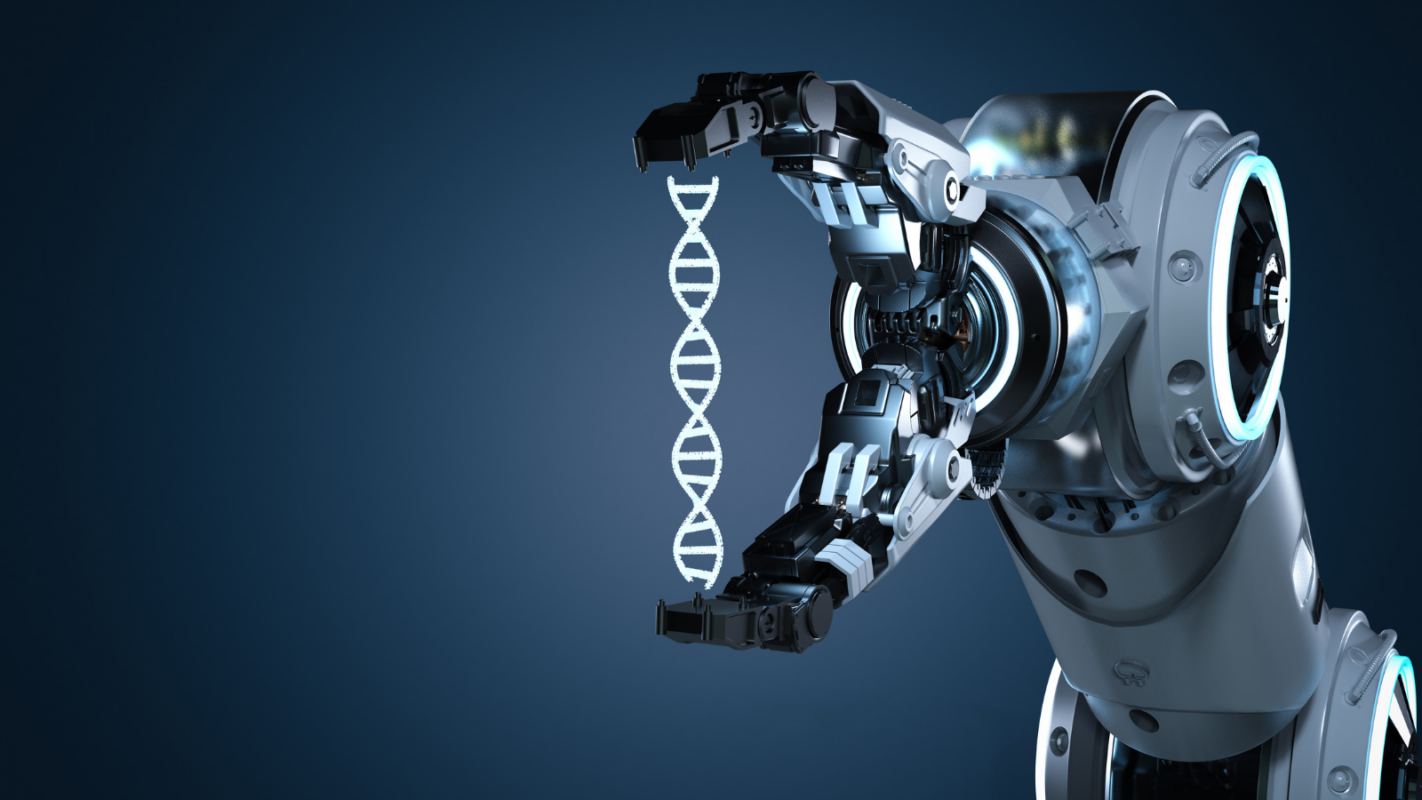

Sometimes buzzwords like “artificial intelligence” or “neural network” can take on their own life. Just look at the explosion and success of ChatGPT, which we’ve used to generate inspiration for our blog “10 Reasons You Should Digitise Your Lab Operations.” The blog below outlines the actionable steps to wielding the power of big data, machine learning, and more in the life sciences.
But before we dive in, let’s get some clear definitions down:
AI, its subfields, and big data have made inroads into many aspects of biological and biomedical science, including drug discovery and development, precision medicine, genomics, transcriptomics, and more.
And the results are pretty impressive: Look at what AlphaFold has done for 3D protein structure prediction.
While powerful, it’s still early days for AI’s widespread and cavalier adoption across all areas of research and medicine. ML and DL algorithms can be subject to data bias based on the training dataset, difficulties interpreting predictions, and an overall lack of clear guidance or standardisation.
Yes, AI’s application in the life sciences feels like the “wild west,” with researchers and the field needing actionable guidance.
As more and more labs and organisations dip their toes into AI algorithm implementation, ensuring clear documentation, reporting, and analysis is critical. Bioinformatics and data science teams need to be integrally involved as their experience with coding, IT, API, and SDK is invaluable for this task.
Another essential factor is using digital platforms for transparent and secure data management and easy integration with other computational tools, such as AI, ML, or DL programs.
At eLabNext, we live for the digitisation of all labs. And as the AI field has grown, we’ve seen what works and doesn’t.
Below we’ve synthesised ten steps to implement AI tools in your lab.
What are you trying to solve with AI or ML? With the problems these algorithms have been applied to, there are a growing number of off-the-shelf AI/ML solutions for data analysis and visualisation.
For example, programs such as Modicus Prime or PipSqueak Pro can be used for image analysis; Biomage can be used for single-cell analysis; and Immunomind can be used for AI-driven multi-omics.
We mentioned a few tools above, but consider accuracy, speed, and ease of use before choosing a solution. It’s also essential to research the level of support, resources (such as tutorials and forums for troubleshooting), and proof-of-concept data available for the tool.
And if there’s no off-the-shelf solution, you may be forced to develop a custom model tailored to your problem.
Consider your data’s quality, quantity, structure, and possible biases or limitations. You may need to collect additional data or clean and pre-process existing data to make it suitable for analysis. Standardisation is also crucial for this step, as it helps to ensure that the data is consistent and comparable across different sources and samples.
Validation in the life sciences is vital for relying on a technique to generate accurate results. With AI/ML tools, you can divide your data into training and testing sets to evaluate performance. Other ways exist to test the AI/ML tool or model. Just be sure to have a plan for testing and ensure it includes testing data outliers to assess the vulnerabilities of the model or device you are implementing.
If you’ve built an AI/ML model from the ground up, teaching it to recognise patterns or perform other tasks is the next step. The goal is to find the optimal parameters that best fit the data, minimise error, and perform well on test data.
Testing on a separate dataset from the one used for training is the next step in vetting an AI/ML model. This helps determine model accuracy, precision, and recall. The validation phase involves tuning the model’s parameters and evaluating its performance to avoid overfitting, where the model performs well on the training data but poorly on test data.
Consider how you will use the AI/ML analysis results in your pre-existing laboratory processes. The tool must be compatible with your existing infrastructure and software in the lab, particularly with any digital platforms used for information management.
While your AI/ML model may initially provide relevant and high-quality analysis, performance can drift, and lab priorities can change. Continuous monitoring and model updating is necessary to ensure performance metrics are met and the model is still relevant to the laboratory’s evolving needs.
Improving performance is a crucial step in the lifecycle of an AI/ML tool or model. This can involve testing with new data, retraining with new data, and revalidating performance. You can also adjust the parameters or architectures of the models to fine-tune performance.
AI and ML are still new tools in the life sciences and other industries. To protect your data, adhere to regulations like GDPR and HIPAA. There are also ethical implications due to decision bias in unvalidated or inaccurate AI/ML models. To avoid these, implement a QC process involving regular performance reviews and key stakeholders.
AI, Ml, DL, and “big data” are here to stay in the life sciences.
The steps above can help you and your team move toward AI implementation to answer your research questions. Off-the-shelf solutions for common research questions may exist. However, you may need to work with computational biologists and bioinformaticians to develop a new model. We recognise that training, validating, and testing a new model is no small feat: It requires focus, patience, and state-of-the-art infrastructure. For additional reading on the technical application AI/ML tools in your lab, read the comprehensive guidance from Lee et al.
At eLabNext, lab digitisation is the future and is dedicated to helping researchers, labs, and organisations implement AI solutions for deeper insights into their big data.
If you’re interested in how your AI/ML models can interface with your other digital lab platforms, contact our experts at eLabNext.

 By eLabNext
By eLabNext
Gain valuable strategies for choosing the right lab space, fostering collaboration, and achieving more with less money.
Read more
 By Zareh Zurabyan
By Zareh Zurabyan
From data quality to ethical considerations, learn how to navigate AI challenges while optimising integration for enhanced lab operations.
Read more
 By eLabNext
By eLabNext
Learn how to optimise lab procurement as part of a robust inventory management regime. Explore best practices and streamline lab ops.
Read more
Schedule a Personal Demo for friendly expert guidance and a free lab workflow assessment.